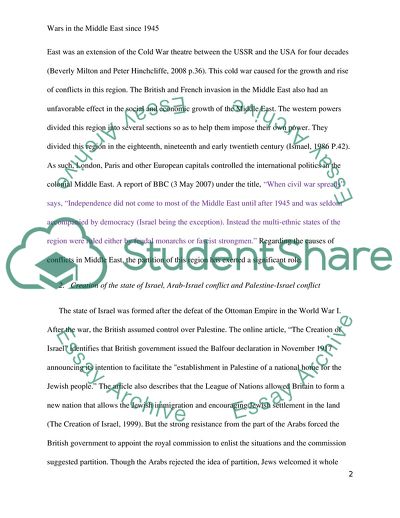Cite this document
(Why Have There Been so Many Wars in the Middle East since 1945 Coursework, n.d.)
Why Have There Been so Many Wars in the Middle East since 1945 Coursework. https://studentshare.org/history/1736548-why-have-there-been-so-many-wars-in-the-middle-east-since-1945
Why Have There Been so Many Wars in the Middle East since 1945 Coursework. https://studentshare.org/history/1736548-why-have-there-been-so-many-wars-in-the-middle-east-since-1945
(Why Have There Been so Many Wars in the Middle East since 1945 Coursework)
Why Have There Been so Many Wars in the Middle East since 1945 Coursework. https://studentshare.org/history/1736548-why-have-there-been-so-many-wars-in-the-middle-east-since-1945.
Why Have There Been so Many Wars in the Middle East since 1945 Coursework. https://studentshare.org/history/1736548-why-have-there-been-so-many-wars-in-the-middle-east-since-1945.
“Why Have There Been so Many Wars in the Middle East since 1945 Coursework”. https://studentshare.org/history/1736548-why-have-there-been-so-many-wars-in-the-middle-east-since-1945.


